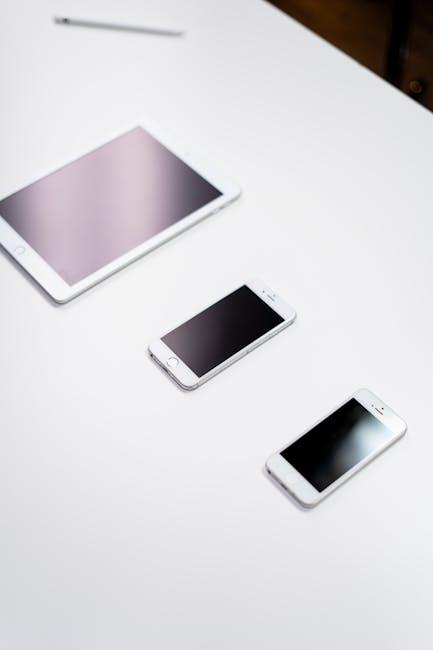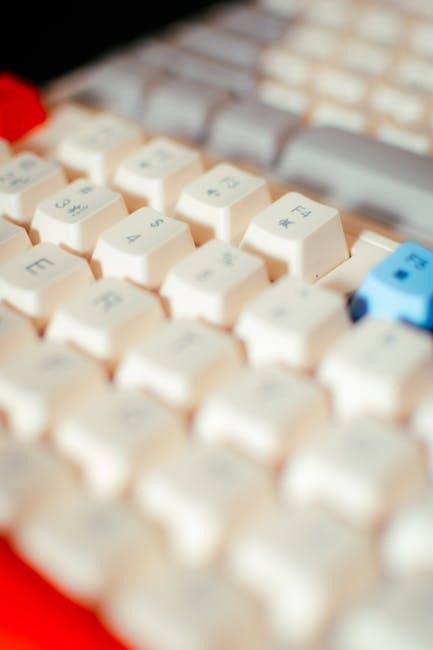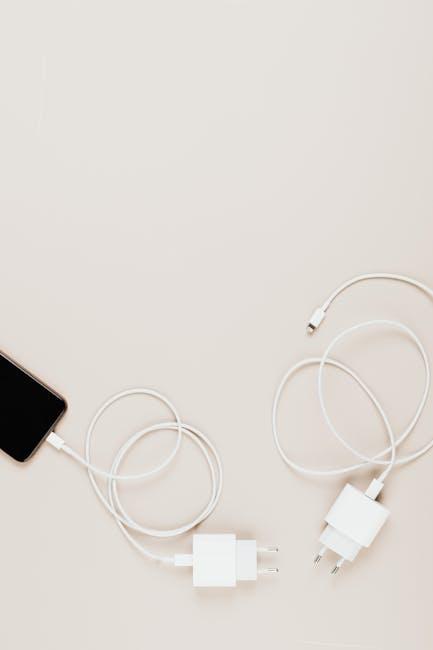Once dismissed as relics of a bygone era, styluses are making a surprising and sophisticated comeback in the world of tech devices. From sleek tablets to cutting-edge smartphones, these slender tools are reclaiming their place as essential instruments for precision, creativity, and productivity. As touchscreens dominate our digital interactions, the resurgence of the stylus reveals a deeper desire for nuance-a way to blend the tactile finesse of pen and paper with the limitless possibilities of the digital age. This article explores the factors fueling the stylus revival and examines how this unassuming gadget is shaping the future of human-computer interaction.
The Evolution of Styluses in Modern Technology

From the humble beginnings of styluses as simple pointers for early touchscreens, these tools have undergone a remarkable transformation. Initially perceived as mere accessories, modern styluses now embody advanced technology that elevates user interaction to new heights. Their evolution mirrors the advancements in display technology, incorporating features such as pressure sensitivity, tilt detection, and palm rejection, which bring digital writing and drawing closer to the natural feel of pen on paper. This evolution highlights how styluses have become indispensable extensions of our fingertips, seamlessly bridging precision and creativity.
Today’s styluses cater to a wide spectrum of needs, from casual note-taking to professional artistry. Key innovations include:
- Bluetooth connectivity enabling shortcuts and customizable buttons
- Enhanced battery life for prolonged, uninterrupted use
- Improved ergonomics designed for comfort during extended sessions
- Compatibility with multiple devices ranging from tablets to hybrid laptops
| Feature | Old Styluses | Modern Styluses |
|---|---|---|
| Pressure Sensitivity | None | Up to 4,096 levels |
| Connectivity | None | Bluetooth, Wireless |
| Battery Life | None (Passive) | Hours to Days |
| Multifunction Buttons | Absent | Present with customization |
Enhancing Precision and Creativity with Stylus Features

The integration of advanced stylus features goes beyond simple touchscreen navigation, transforming how users interact with their devices. With innovations such as pressure sensitivity, tilt recognition, and customizable buttons, styluses enable a level of precision previously unattainable with fingers alone. These tools empower designers, artists, and note-takers to capture intricate details, subtle shading, and dynamic strokes, breathing life into their digital creations. Furthermore, real-time palm rejection and latency reduction technologies make writing or sketching feel as natural as using traditional pens on paper.
In addition to precision, stylus technology fosters a surge of creativity by offering versatile functionalities tailored to various needs. Features like gesture controls, color pickers, and shortcut commands streamline workflows, accelerating the creative process. Here is a quick snapshot of standout stylus capabilities enhancing creative freedom:
- Pressure Sensitivity: Enables varied line thickness and opacity.
- Tilt Recognition: Replicates shading techniques with angled strokes.
- Customizable Buttons: Provides quick access to tools like erasers or undo.
- Wireless Charging: Ensures stylus readiness without hassle.
Integrating Styluses into Everyday Tech Ecosystems
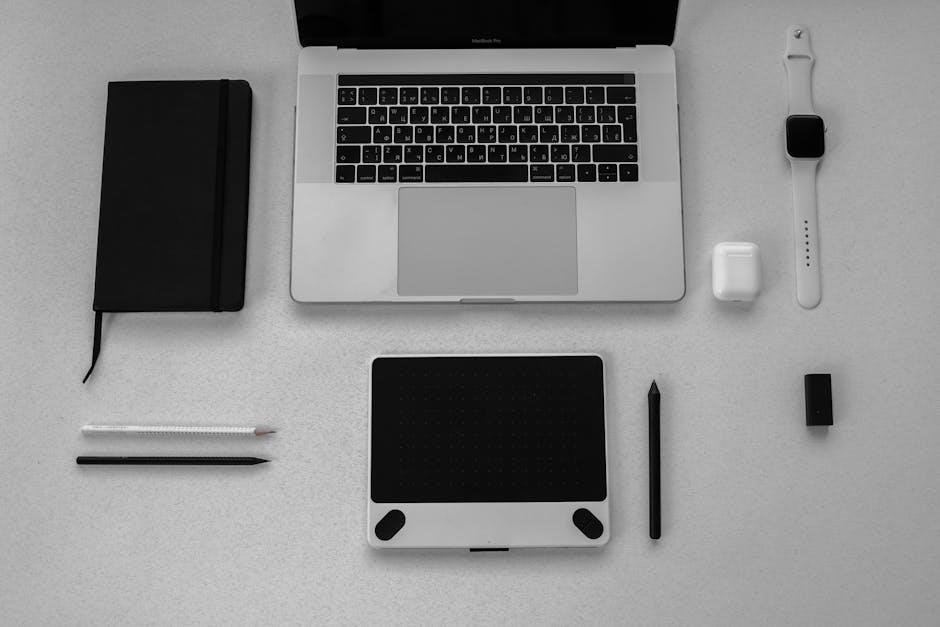
Today’s tech landscape is witnessing a seamless fusion of styluses with a spectrum of devices, transforming how we interact with our digital world. From tablets and smartphones to laptops and even smartwatches, these precision tools are reimagining input beyond traditional touch. Developers are crafting ecosystems where a stylus not only enhances creativity but also streamlines productivity with features like pressure sensitivity, palm rejection, and customizable shortcuts. This integration supports diverse workflows, whether it’s effortless note-taking during meetings, intricate digital artwork, or precise navigation in gaming and design applications. Moreover, Bluetooth connectivity has enabled styluses to function as remote controls, further embedding them into our daily tech routines.
- Enhanced cross-device compatibility ensures styluses work impeccably across multiple platforms.
- Cloud sync capabilities allow handwritten notes and drawings to be instantly available everywhere.
- Adaptive latency reduction provides an almost pen-on-paper experience, crucial for artists and designers.
- Integration with AI-driven apps leverages handwriting recognition and predictive text functions.
| Device | Stylus Feature | Primary Benefit |
|---|---|---|
| Tablet | Pressure Sensitivity | Precision drawing and shading |
| Smartphone | Bluetooth Remote | Hands-free operations |
| Laptop | Touchscreen Integration | Versatile input methods |
| Smartwatch | Mini Stylus | Accurate small-screen navigation |
Manufacturers continue to innovate by embedding stylus support deep into their hardware and software designs, recognizing that these tools elevate both personal and professional digital interactions. This evolution isn’t simply about adding a pen to the device-it’s about creating a holistic tech experience that prioritizes precision, convenience, and adaptability. As a result, styluses are becoming indispensable accessories, bridging the gap between human intuition and digital efficiency.
Choosing the Right Stylus for Your Device and Needs
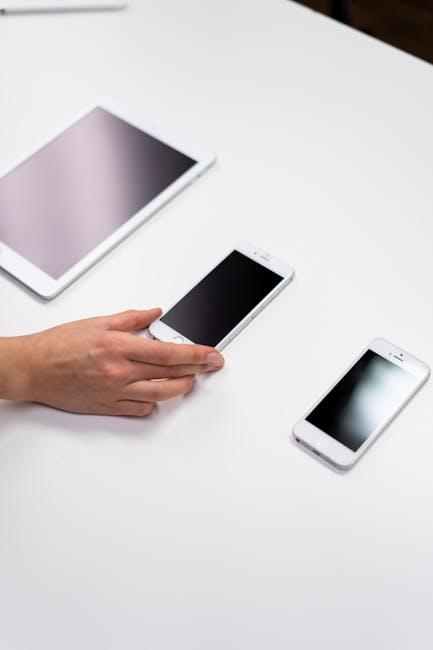
Finding the perfect stylus starts with understanding your device’s compatibility and your personal use case. For instance, tablets like the iPad often pair best with proprietary styluses such as the Apple Pencil, which offer pressure sensitivity and tilt recognition tailored to the hardware. Meanwhile, universal capacitive styluses work well for casual note-taking or browsing on a variety of touchscreen devices but usually lack advanced features. If your main activity revolves around detailed drawing or graphic design, look for styluses with customizable buttons, palm rejection, and fine tip responsiveness. Conversely, if you mostly use your device for sketching or jotting down quick notes, a simpler model might suffice without breaking the bank.
Consider these factors when making your choice:
- Device compatibility: Ensure the stylus works seamlessly with your tablet or phone.
- Pressure sensitivity: Crucial for artists needing precise control over line thickness.
- Battery life: Some active styluses require frequent charging, while passive options don’t.
- Ergonomics and weight: Comfort is key for extended use.
| Stylus Type | Best For | Key Feature |
|---|---|---|
| Active Stylus | Professional artists & note-takers | High sensitivity & precision |
| Capacitive Stylus | Casual users & general navigation | Universal device compatibility |
| Bluetooth Stylus | Creative apps & detailed editing | Button customization & shortcuts |
The Conclusion
As the digital landscape continues to evolve, the stylus is no longer a relic of the past but rather a renewed companion in our tech-driven lives. Its comeback reminds us that sometimes, blending the tactile with the technological creates the most seamless and intuitive experiences. Whether sketching a masterpiece, jotting down a fleeting idea, or navigating with precision, the stylus proves that in the world of innovation, old tools often find new purpose-and invite us to rethink how we interact with our devices.


